Case Study
Leafit
End-to-end design of a lifestyle app
Introduction
The goal of this class project was to design an app in the lifestyle category. I selected house plant care because a lot of people have taken on plants during the pandemic, so it seemed like it was an open area for new apps.
Research
I started out with some industry research and found the space to be somewhat crowded with existing plant care mobile apps. Some were more focused on identifying plants while others were more focused on plant care, but none tackled the shopping or plant selection experience.
Next, I did a survey to get a sense of how plant owners currently care for their plants. I found that most plant owners consider themselves moderately good at caring for their plants, but they do get frustrated when there is something wrong with the plant and they don’t know what to do.
To dig deeper, I followed this with empathy interviews. What I found was that all respondents faced a challenge in knowing how to care for specific plants, but they don’t care to use apps. They tend to track the care for their plants loosely in their head, rather than do it in a regimented way. They were interested in getting help in troubleshooting once a plant was showing signs of not being well. However, the most interesting insight I uncovered was about their shopping experience: they wish they had more information about the plant when they purchased it.
“Salespeople are often too busy to give plant advice, and signage is limited.”
Because the space is already saturated with plant care apps, and plant owners don’t seem to be compelled enough to use these apps even though they exist, I opted to solve the shopping pain point. I set out to create an in-store app to aid shoppers in selecting the right plant and getting care instructions from the start.
Define
I developed the persona Holly the House Plant Hobbyist from my research. Holly loves the aesthetic appeal of plants and the challenge and responsibility of ownership. One of her key challenges is that there aren’t many resources in stores to help educate you on care.
Although this is an app for plant stores as much as plant shoppers, I decided to focus on the consumer experience of the app, given my 80-hour time constraint.
I created a user flow for my in-store plant app and focused on 2 specific tasks: Searching for a specific plant (by name or by image) and getting a recommendation for a specific plant. I found that each task would be fairly straightforward, but I would need to provide appropriate exit loops at each frame for customers to easily go back on their choices.
Design
I built my design in an iPad format because this would be an easy way to provide access to users for even small plant shops. The iPad could be installed in a stand in the house plant section for use by shoppers.
I started my designs by identifying some patterns from other in-store app or POS references.
These patterns led me to use large buttons and icons, and a visual grid for search results. I developed some sketch options for the home page and then built lo-fi wireframes for each of the pages in my user flow.
I brainstormed a name for my app and landed on Leafit (Leaf + fit). I knew I wanted to include an organic element in the logo. I sketched a few, brought them into vector format, and shared them with some other students for feedback. Everyone preferred this logo in which the “Leaf” is in the shape of a pot, and the plant is on top. I rounded some of the edges of the type to soften the look to be more organic.
I created a mood board and some style tiles for my design, and used some elements of each in my final design. The large, simple icons help communicate the task well, and the playful illustrations bring out the fun of buying a new plant.
I applied my UI kit to my wireframes and designed the rest of the pages according to the two main user tasks.
One challenge I had was how to distinguish between the search and recommendation experience. I decided to unify them into the same page with filters. This way both the search and recommendation flows could go back to the same place and users could edit their results.
Test
I conducted usability tests with a prototype of my designed app. Some of these were conducted in person and some were conducted over Maze. Participants were asked to complete the two main tasks.
My research resulted in only minor tweaks, mostly to the icons used in the recommendation flow. All participants were easily able to complete the tasks and found them to be very straightforward. Participants also reacted positively to the brand and felt it was a good fit for the app.
Final Design
Conclusion
The biggest challenge of this project was designing for an in-store experience, rather than a personal mobile or desktop experience. It was important to keep things extremely simple while people are in store and potentially on a time limit. According to my research, I accomplished this goal, and participants also felt this would be a very useful app for them as well. The ideal next phase would be to design an interface for the store employees to manage the plants shown.

